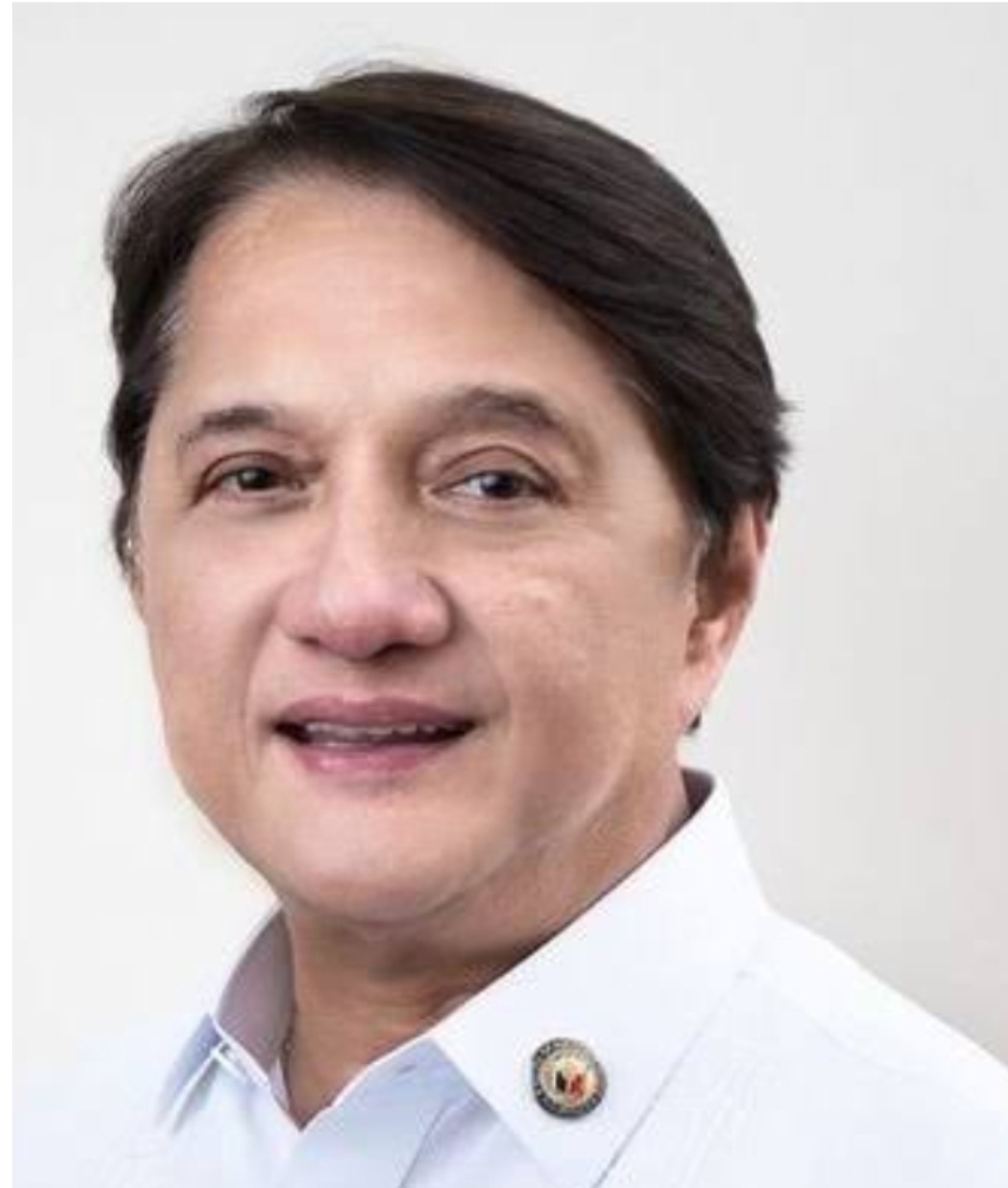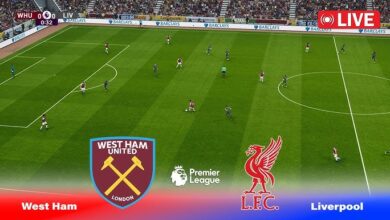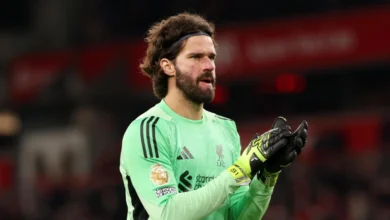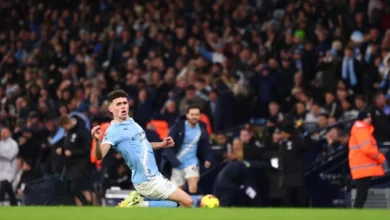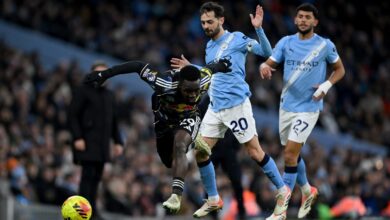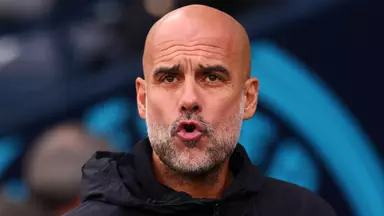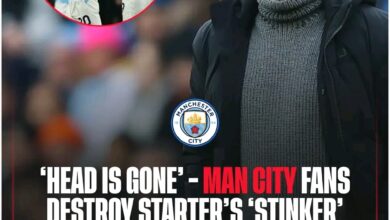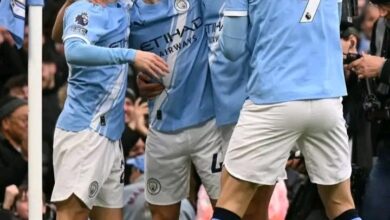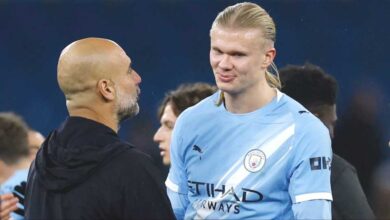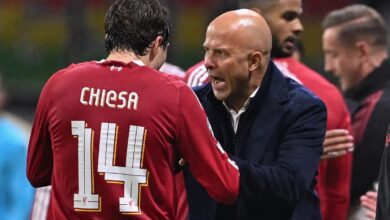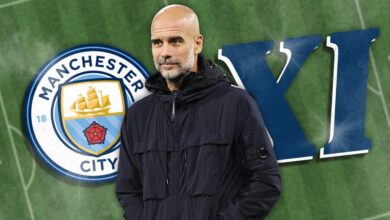Arsenal officially announce three more players who will definitely be leaving the club
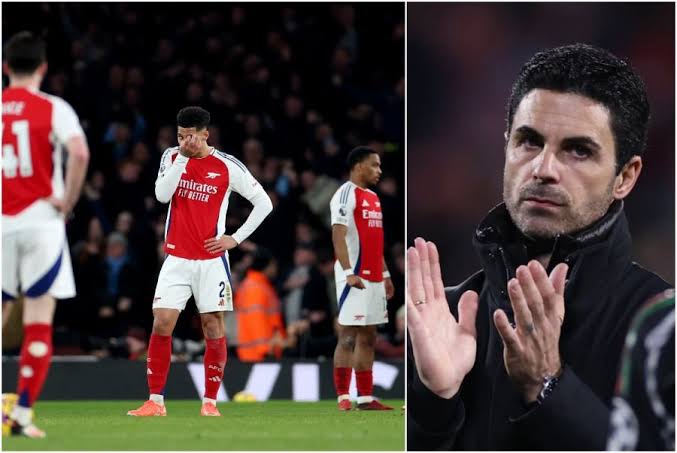
The hallowed training grounds of Arsenal’s Hale End academy have witnessed the emergence of countless football talents over the decades, from the legendary Tony Adams to contemporary stars like Bukayo Saka and Emile Smith Rowe. However, this summer marks a poignant chapter in the academy’s storied history as three promising graduates prepare to bid farewell to the club that nurtured their dreams from childhood to the cusp of professional stardom.
Nathan Butler-Oyedeji, Jack Henry-Francis, and Jimi Gower represent more than mere statistics in Arsenal’s youth development program. They embody the hopes, aspirations, and inevitable heartbreak that accompanies the transition from academy football to the unforgiving world of professional soccer. Their impending departures serve as a stark reminder of the brutal mathematics of modern football, where talent alone is insufficient to guarantee success at the highest level.
At just 22 years of age, Nathan Butler-Oyedeji’s journey through Arsenal’s ranks reads like a modern football fairy tale punctuated by moments of both triumph and frustration. The forward’s path to first-team recognition was neither swift nor straightforward, characterized by the patient development that has become synonymous with Arsenal’s approach to youth cultivation.
Butler-Oyedeji’s breakthrough moment arrived against Ipswich Town, where he made his Premier League debut in what many hoped would be the first of many appearances in England’s top flight. The significance of this achievement cannot be understated for a player who had spent countless hours honing his craft in the youth teams, dreaming of the day he would don the famous red shirt in competitive action.
His subsequent Champions League appearance against Dinamo Zagreb further validated his potential on the European stage. These glimpses of first-team football offered tantalizing evidence of his capabilities, yet they also highlighted the narrow pathway available to young talents at a club of Arsenal’s stature and ambition.
The 2024-25 season saw Butler-Oyedeji flourish in Premier League 2, where he netted seven goals and earned recognition as the August Player of the Month. This form demonstrated his ability to find the back of the net consistently against players of similar age and experience, yet the transition to first-team football proved more challenging than his youth-level success might have suggested.
Norwich City’s interest in the young striker represents a potential lifeline for Butler-Oyedeji’s career trajectory. The Canaries, currently plying their trade in the Championship, could offer the regular first-team football that Arsenal cannot guarantee. However, the recent departure of Jack Wilshere from Arsenal’s coaching staff adds an element of uncertainty to this potential move, as Wilshere had been instrumental in bridging the gap between the academy and first-team environments.
The striker’s situation exemplifies the modern dilemma facing young footballers at elite clubs. While Arsenal’s resources and coaching quality are unquestionable, the pressure to compete for Champions League qualification and Premier League titles leaves little room for experimentation with unproven talents. Butler-Oyedeji’s departure, therefore, represents not a failure of the system but rather its inherent limitations.
Jack Henry-Francis’s story differs markedly from that of his departing colleagues, shaped by his position as a defensive midfielder and the unique challenges this role presents in contemporary football. At 21, Henry-Francis has demonstrated the kind of tactical intelligence and positional awareness that coaches often describe as “beyond his years,” yet these attributes have proven insufficient to secure his long-term future at Arsenal.
His loan spell at Sligo Rovers provided valuable experience of senior football in a competitive environment. The League of Ireland, while not matching the intensity of the Premier League, offered Henry-Francis the opportunity to test himself against seasoned professionals and experience the physical and mental demands of regular first-team football.
Upon his return to Arsenal, Henry-Francis found himself training regularly with Mikel Arteta’s first-team squad, a privilege reserved for only the most promising academy graduates. His inclusion in matchday squads for high-profile fixtures, including the memorable Champions League victory at Real Madrid, suggested that the coaching staff recognized his potential and were prepared to integrate him gradually into their plans.
The defensive midfield position presents unique challenges for young players seeking to establish themselves at elite clubs. Unlike attacking positions, where a moment of brilliance can transform a game and capture headlines, defensive midfielders must demonstrate consistency, tactical discipline, and an understanding of the game that typically comes with experience. Henry-Francis possessed many of these qualities, yet the margin for error in such a crucial position remains minimal at Arsenal’s level.
His versatility and passing ability represent valuable assets that will undoubtedly attract interest from clubs seeking intelligent midfield operators. The modern game places increasing emphasis on players who can contribute both defensively and in possession, and Henry-Francis’s skill set aligns perfectly with these contemporary demands.
The decision to release Henry-Francis reflects Arsenal’s depth in midfield positions and the club’s commitment to pursuing established talent in the transfer market. With players like Declan Rice, Martin Ødegaard, and other international-caliber midfielders occupying key roles, the pathway to regular first-team football remained frustratingly narrow for the young Englishman.
Jimi Gower’s departure represents perhaps the most intriguing of the three releases, given his technical ability and the evident faith shown in him by the coaching staff. At 20 years old, Gower possessed the kind of technical skills that Arsenal fans cherish, reminiscent of the club’s tradition of elegant, possession-based football
His consecutive call-ups for three first-team games, including the prestigious clash against Real Madrid, indicated that Arteta and his coaching team saw genuine potential in the young midfielder. Such recognition from coaching staff at the highest level is not granted lightly, making his eventual release all the more significant.
Gower’s technical proficiency with the ball distinguished him from many of his contemporaries, demonstrating the kind of close control and passing accuracy that Arsenal has historically prized in its midfield players. However, the contemporary game demands not only technical excellence but also physical attributes, tactical understanding, and mental resilience that can only be fully tested at the senior level.
The competition for midfield positions at Arsenal remains fierce, with established international players occupying most available spots and the club’s transfer activities typically focusing on proven talent rather than promising youngsters. This reality, while disappointing for individual players, reflects the pressures facing modern football clubs operating at the highest level.
Gower’s age works in his favor as he seeks new opportunities elsewhere. At 20, he possesses sufficient time to develop his game further and establish himself as a key player at another club before potentially earning a move back to elite-level football. His technical foundation provides an excellent platform for future development, regardless of where his career takes him next
The departures of Butler-Oyedeji, Henry-Francis, and Gower represent only part of a larger restructuring within Arsenal’s academy system. Khayon Edwards, another product of the Hale End setup, is also expected to leave, adding to the sense of transition within the youth ranks.
Other players facing uncertain futures include Salah-Eddine Oulad M’Hand, Charles Sagoe Jr, and Elian Quesada-Thorn, each representing different aspects of Arsenal’s diverse academy intake. Meanwhile, younger prospects like Jakai Fisher, Zac Shuaib, and Reece Clairmont are set to exit as the club prepares for a significant intake of new scholars.
This turnover reflects the natural cycle of academy football, where only a small percentage of young players successfully transition to professional careers. However, it also highlights the increasing pressures facing youth development in modern football, where clubs must balance nurturing talent with achieving immediate competitive success
Arsenal’s situation illustrates the complex economics underlying youth development in contemporary football. The club invests substantial resources in its academy infrastructure, coaching staff, and facilities, yet the return on this investment cannot be measured solely in terms of first-team graduates.
Many released academy players go on to enjoy successful careers elsewhere, contributing to the broader football ecosystem while reflecting positively on their former club’s development programs. The likes of Gnabry at Bayern Munich serve as reminders that release from Arsenal’s academy does not necessarily signal the end of elite-level aspirations.
Furthermore, the presence of high-quality academy graduates can enhance a club’s negotiating position in transfer dealings, providing valuable assets that can be sold or used in exchange deals. This commercial aspect of youth development has become increasingly important as clubs seek to comply with Financial Fair Play regulations while maintaining competitive squads.
The challenges facing Butler-Oyedeji, Henry-Francis, and Gower highlight the limitations of current loan systems in bridging the gap between academy and first-team football. While Henry-Francis’s experience at Sligo Rovers provided valuable exposure to senior football, the gulf between League of Ireland standards and Premier League requirements remains substantial.
Arsenal, like many elite clubs, faces the challenge of finding appropriate loan destinations for their young talents. Championship clubs often prefer experienced players who can contribute immediately, while lower-division sides may lack the resources or infrastructure to properly develop promising youngsters
This systemic issue affects not only Arsenal but clubs throughout Europe’s top leagues, suggesting that structural changes to professional football’s organization might be necessary to better serve young players’ development needs.
The departures also reflect Arsenal’s tactical evolution under Mikel Arteta, whose system demands specific attributes from players in each position. The Spanish coach’s emphasis on positional discipline, pressing intensity, and tactical flexibility has created an environment where young players must demonstrate not only technical ability but also tactical intelligence and physical conditioning.
This evolution has undoubtedly improved Arsenal’s competitive performance, as evidenced by their recent success in domestic and European competitions. However, it has also narrowed the pathway for academy graduates who may possess talent but lack the specific attributes required for Arteta’s system.
The cultural shift at Arsenal, from a club traditionally associated with developing young talent to one prioritizing immediate competitive success, reflects broader changes within elite football. While this transformation has yielded positive results on the pitch, it inevitably affects the opportunities available to homegrown players.
Despite the disappointment of leaving Arsenal, Butler-Oyedeji, Henry-Francis, and Gower enter the next phase of their careers with significant advantages. Their association with one of Europe’s most respected academies provides credibility when seeking new opportunities, while their experience training alongside international-caliber players offers valuable insights into elite-level standards.
The Championship, League One, and various European leagues offer platforms where these players can demonstrate their abilities and potentially earn moves back to higher levels. The football landscape is filled with examples of players who used moves away from elite academies as springboards to successful careers.
Norwich City’s interest in Butler-Oyedeji exemplifies the opportunities available to released academy players. The Championship provides an excellent proving ground for young talents, offering competitive football against experienced professionals while maintaining realistic pathways to Premier League football.
The experiences of these three departing players offer valuable lessons for current and future Arsenal academy participants. Technical ability alone proves insufficient at elite levels, where tactical understanding, physical conditioning, and mental resilience become equally important.
The importance of seizing limited opportunities when they arise cannot be overstated. Butler-Oyedeji’s Premier League and Champions League appearances, while brief, provided platforms to demonstrate his capabilities to a broader audience, potentially influencing future transfer interest.
Furthermore, the value of loan experiences in preparing players for senior football becomes evident when examining Henry-Francis’s development. His time at Sligo Rovers, while ultimately insufficient to secure his Arsenal future, provided invaluable experience that will serve him well in future endeavors.
As Arsenal continues its pursuit of Premier League and Champions League glory, the departures of Butler-Oyedeji, Henry-Francis, and Gower serve as reminders of the human cost of elite-level ambition. Each represents dreams deferred rather than dreams destroyed, with opportunities awaiting elsewhere for players willing to embrace new challenges.
The academy system at Arsenal, despite these departures, continues to produce talent capable of contributing at various levels of professional football. The success of graduates like Saka and Smith Rowe provides inspiration for current academy players, while the paths taken by those who leave offer alternative routes to professional success.
The summer of 2025 will mark the end of one chapter for these three promising footballers while simultaneously opening new possibilities for growth, development, and achievement. Their journeys serve as testament to both the opportunities and challenges inherent in pursuing professional football careers in the modern era.
The departures of Nathan Butler-Oyedeji, Jack Henry-Francis, and Jimi Gower from Arsenal represent more than administrative decisions; they embody the complex realities facing young footballers in contemporary elite football. Each player’s journey through the Hale End academy system provided valuable experiences, skills, and connections that will serve them well regardless of their future destinations.
While Arsenal fans may feel disappointment at seeing promising talents leave without fully establishing themselves, the broader football community benefits from the circulation of well-trained players throughout the professional ranks. The success of these individuals in their future endeavors will ultimately reflect positively on Arsenal’s academy system and its commitment to developing well-rounded footballers.
As the summer transfer window approaches and these three players prepare for new challenges, their stories remind us that football careers rarely follow predictable paths. Success can be achieved through various routes, and the foundation provided by elite academy systems like Arsenal’s often proves valuable regardless of where players’ journeys ultimately lead them.
The legacy of Butler-Oyedeji, Henry-Francis, and Gower at Arsenal may be brief, but their contributions to the academy environment and their potential future achievements elsewhere ensure that their time at Hale End was far from wasted. In the grand narrative of football development, their stories represent important chapters in the ongoing evolution of both Arsenal Football Club and the broader landscape of professional football.

